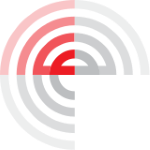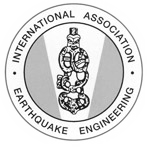Speaker
Description
Earthquakes can lead to widespread damage to the built environment, affecting many residential buildings and expose their residents to potentially severe and long-lasting physical and financial stress. While emergency response actions are still ongoing in the aftermath of such an event, public officials already have to take first decisions that will shape the reconstruction process and affect long-term societal consequences. Apart from the intense time pressure, this decision environment is characterized by the sparsity of available information on the amount and the spatial distribution of earthquake-triggered damage.
In this situation, regional earthquake risk models provide valuable first rapid impact predictions that are, however, typically associated with large uncertainties. Conversely, the amount and the spatial coverage of event-specific impact data increases during post-earthquake response and recovery. By leveraging probabilistic machine learning tools, the framework presented in this study makes it possible to benefit from the continuous data inflow to dynamically update the initial regional earthquake risk predictions and to constrain the associated model uncertainties. Whereas it might take several weeks until a first rapid visual safety screening is completed for all buildings in the earthquake-affected region, this study shows how data from only the first few screened buildings can substantially increase the quality of information available to decision-makers. This enables not only to predict outcomes of an ongoing building safety screening process, for example, predict the number of uninhabitable buildings, but also to constrain prior estimates for subsequent processes of the recovery phase, such as detailed damage assessments and reconstruction cost and time estimation. The presented framework is applied to a case-study region with 34000 residential buildings providing home to 500000 people that is subjected to a fictitious earthquake scenario.
| Keywords | Rapid Impact Assessment, Regional Earthquake Risk Model, Residential buildings, Bayesian Updating |
|---|---|
| DOI | https://doi.org/10.5592/CO/1CroCEE.2021.71 |







